[:en]Today is national Armagnac day, a topic we explored in depth with Gabriele Rondani[:]
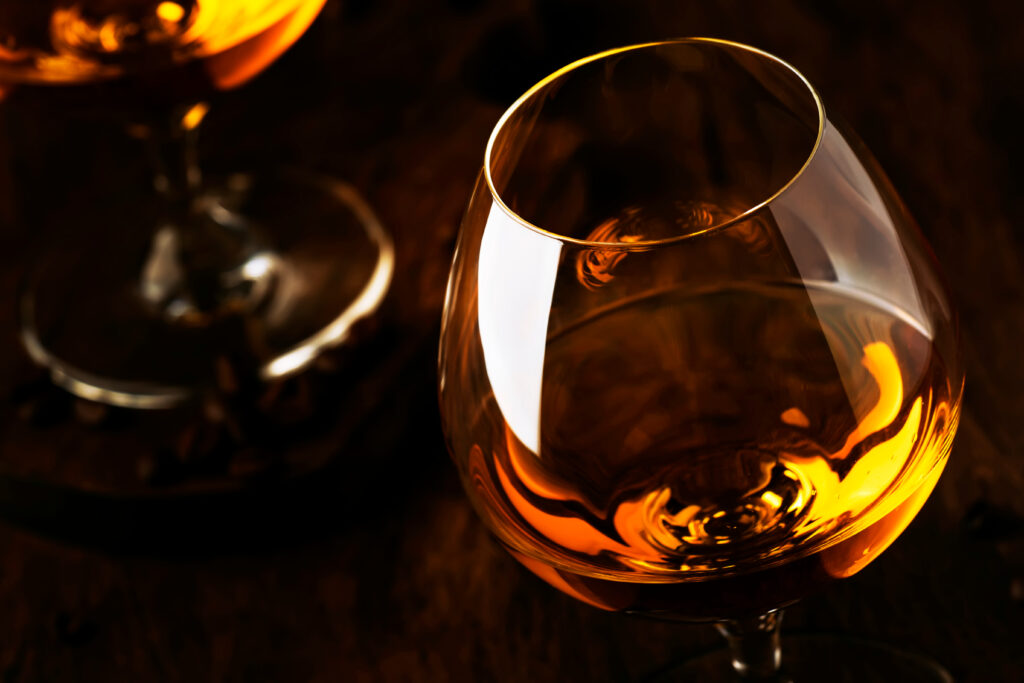
[:en]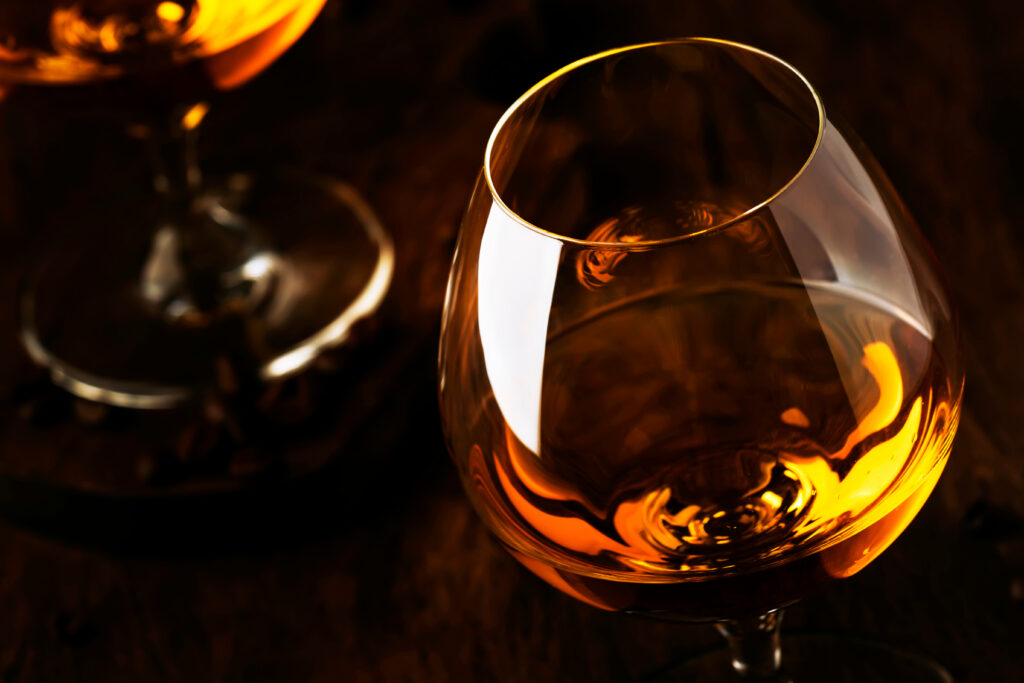
Among French spirits, Cognac and Armagnac have occupied an important place since their birth. Always mentioned together, the two wine distillates are actually different products. After having explored cognac in depth with the Marketing and PR Director of Rinaldi 1957 Gabriele Rondani, it is with him that we go in depth about the other distillate, on the national day dedicated to him.
When was Armagnac born?
The first evidence of Armagnac dates back to the Middle Ages, when it was used as a medicine in ancient universities and monasteries. The cask trade only developed towards the mid-fifteenth century when the distillate was exported from Bayonne and Bordeaux by Dutch merchants to the Netherlands, the United Kingdom and the Baltic countries. The role of Dutch merchants was fundamental in the distribution and knowledge of Armagnac and Cognac in the world. Due to the production area being too internal and unfavorable for trade, the wines were unable to be sold as such. The distillation, in this sense, was functional both because they were embarked.
What are the differences between armagnac and cognac?
There are four main differences between the two French spirits. The first is the date of birth, since Armagnac was born earlier than cognac, in the 14th century compared to the 17th century. The second is the type of terrain. While for cognac it is purely calcareous, that of armagnac is also sandy. The third is the grape varieties allowed by the specification: for cognac Ugni blanc, Colombard, Folle blanche can be used, in Armagnac a fourth grape variety is allowed - Baco blanc - which give rise to a wider range of nuances. The fourth is the production area: that of cognac is near the Charente river, in the central-western area of France, that of armagnac is located in Gascony, in a geographical area just south of that of cognac and of Bordeaux.
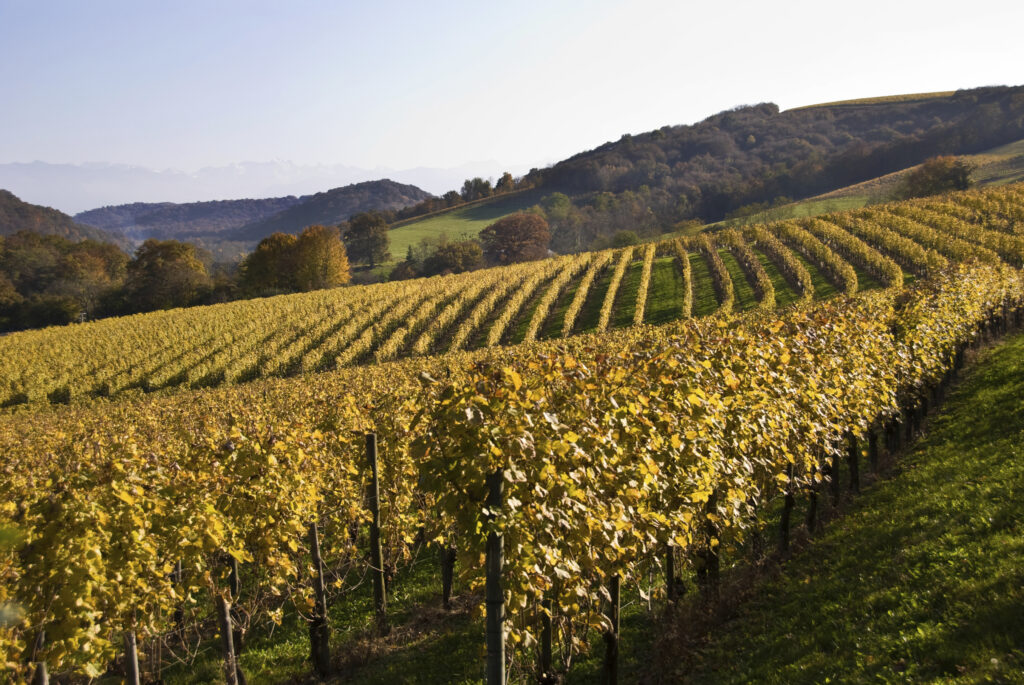
In how many sub-areas can Armagnac be produced? What differences do they have?
In three sub-areas: Bas-Armagnac, where there is sandy soil, poor in limestone and rich in marine sediments, Ténarèze, an area characterized by predominantly clay-limestone and clay-sandy soil, and Haut-Armagnac, an area in which there is low production due to the calcareous and clay-limestone soils. Bas-Armagnac is unanimously considered the best production area, as it is able to produce, thanks to the characteristics of the soil, finer and more harmonious spirits. The spirits of Ténarèze are similar to those of Bas-Armagnac but produced in half the quantity, while those of Haut-Armagnac are even less. Here, the only areas suitable for production are the clay-sandy ones, on the tops of the hills.
How is Armagnac distilled?
Generally in continuous mode, with a plate column still, known as alembic armagnaçais. In 1972, Janneau – one of the oldest Armagnac houses and our Brand for this category – reintroduced the double distillation method to the region, an ancient still method: both continuous and discontinuous. Distillation is done during the winter and must finish by March 31st of the year following the harvest.
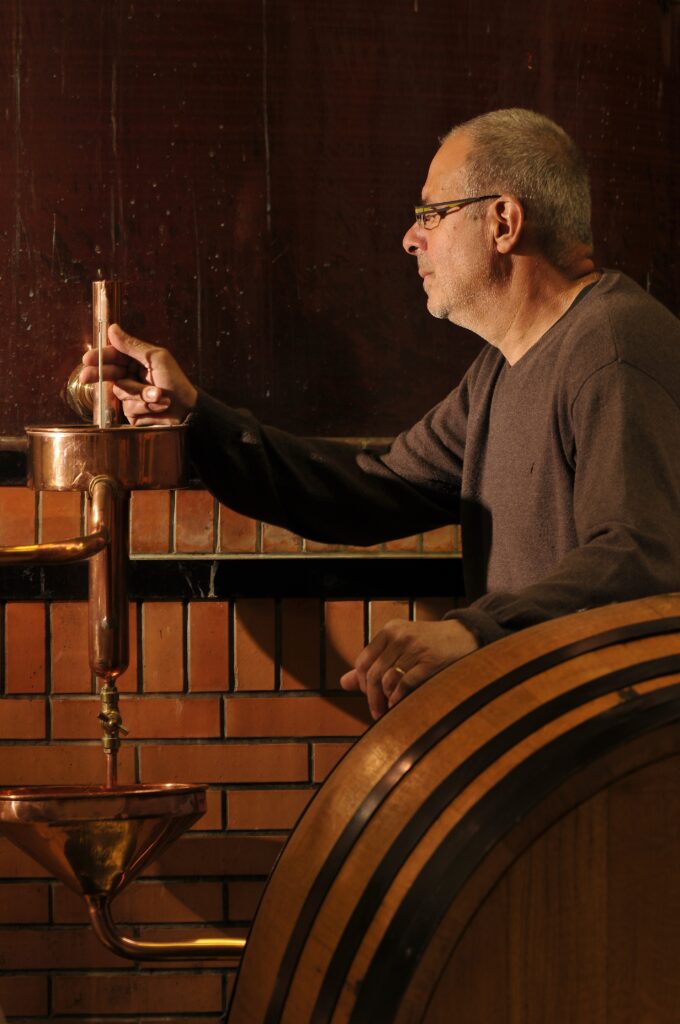
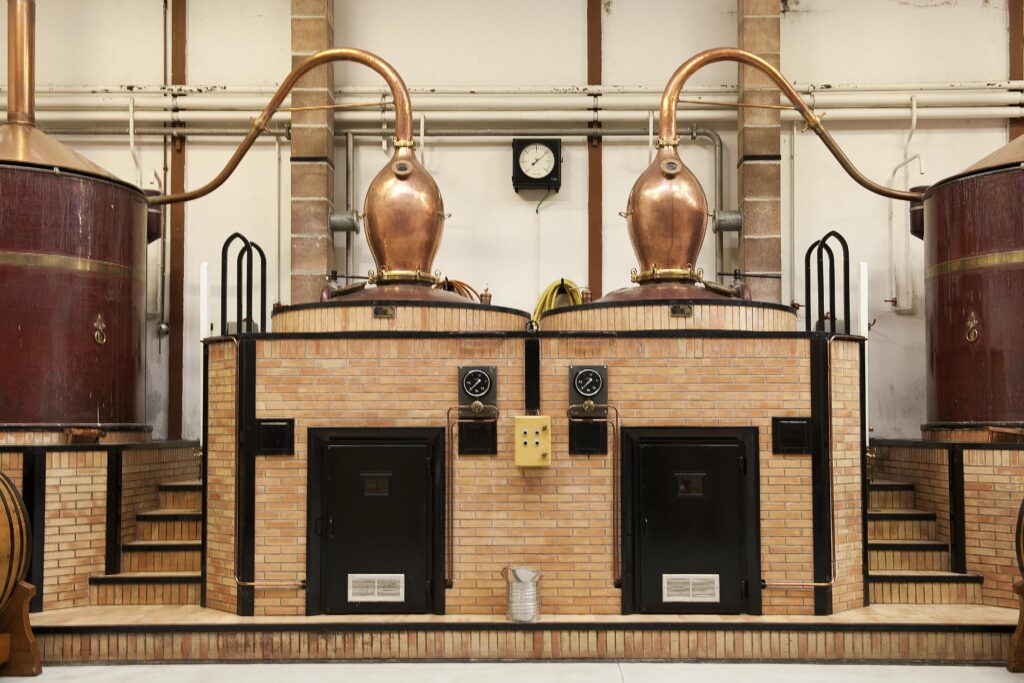
How is Armagnac aged?
Armagnac is aged in French wooden barrels, which do not undergo particular treatments. The best products are 15 to 30 years old. If aging is prolonged, there is a risk of obtaining a result that is too tannic. Unlike cognac, in the case of Armagnac the production of vintage wines is more frequent, notoriously more refined and also excellent as gift ideas.
How many years can an Armagnac age?
To be defined as Armagnac, the distillate must age for a period equal to or greater than 1 year. You have a VS or *** up to 3 years, VSOP from 4 to 9, Napoléon from 6 to 9, Hors d'âge or XO from 10 to 19, and XO Premium from 20 and up. For vintage Armagnacs aged over ten years, the label shows the year of distillation and, often, the year of bottling on the back label. In the case of blends, however, the age declared on the label refers to the youngest distillate.
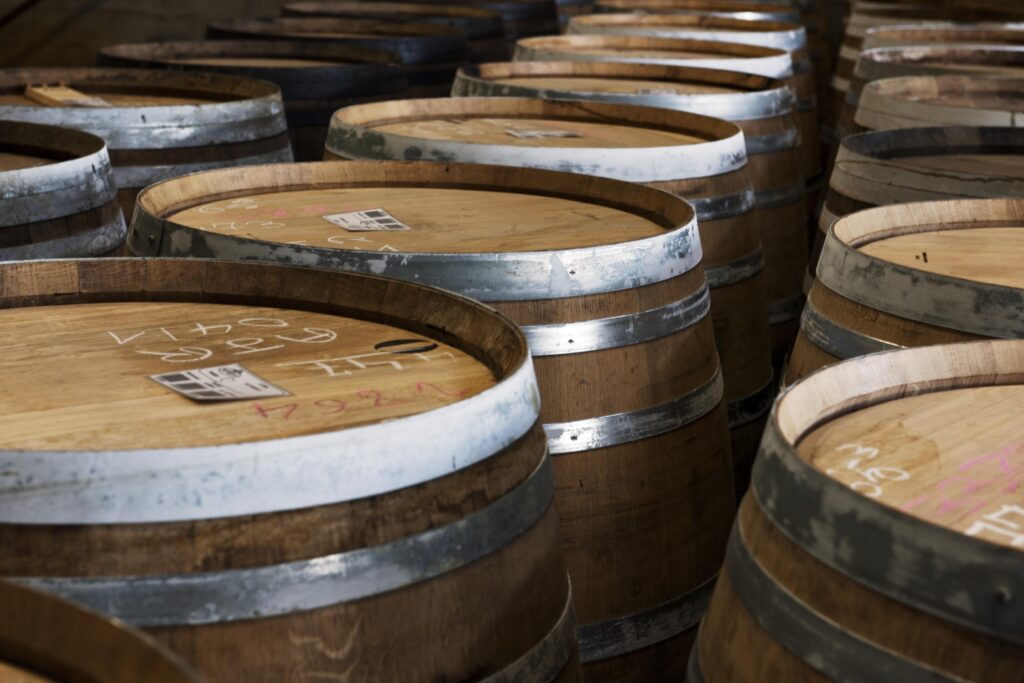
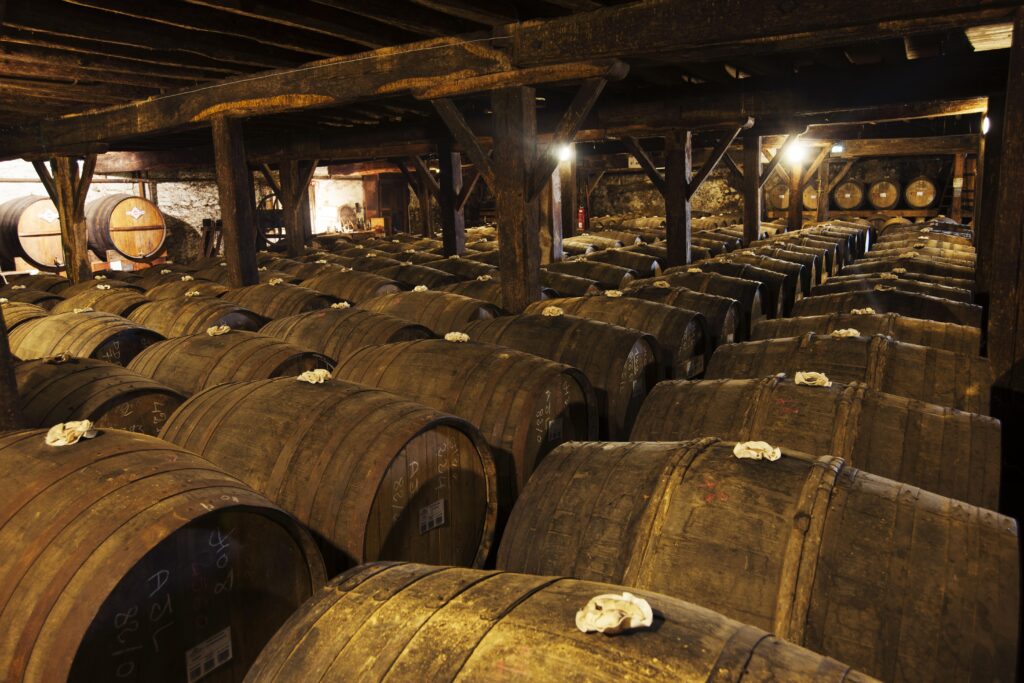
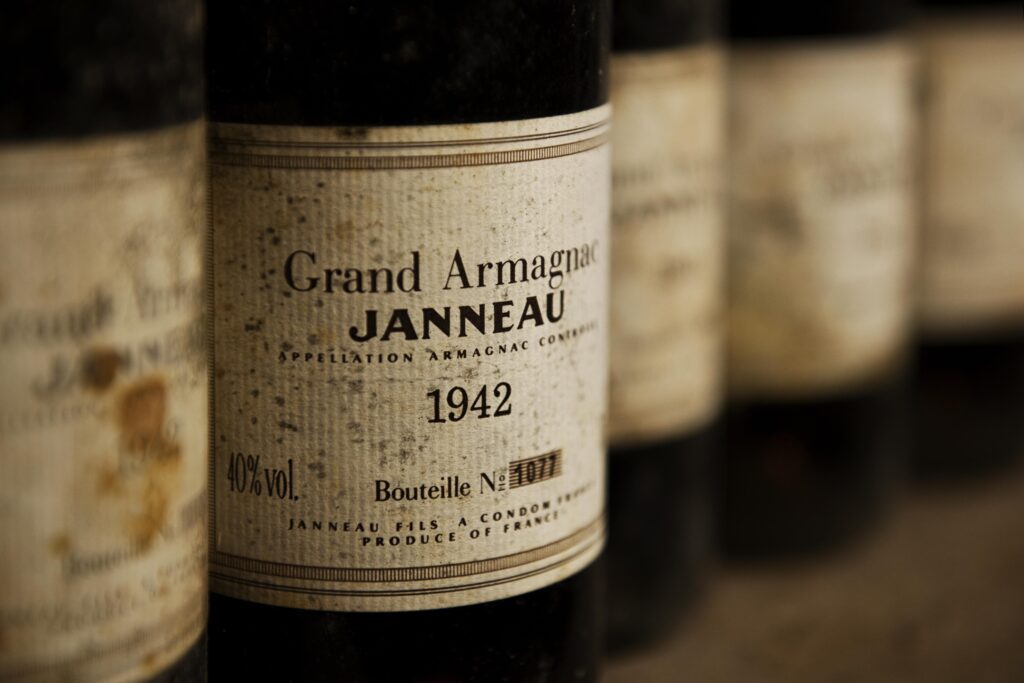
What are the parameters that allow you to distinguish a quality Armagnac?
An Armagnac is of quality when, when tasting it, you can perceive the fruity and floral components, not covered by the woody ones. Aging must enhance these notes and not cover them. As regards the production area, however, it is not certain that Bas-Armagnac products are better. You always have to evaluate on a case-by-case basis: there are also excellent productions in the Ténarèze.
I've never tasted Armagnac. Which type do you recommend starting from?
Unlike other spirits, the opposite of what one might think is valid. It is better to start with a very aged Armagnac, around 20 years old, precisely because the wood has had time to soften some aromatic notes.
How many alcohol levels does Armagnac have and how is it usually consumed?
Armagnac has 40 degrees of alcohol and is a meditation product. It is drunk at the end of the meal in small tulip-shaped glasses or to balloon at a temperature of 16-18 °C, without the addition of ice. It is also used to preserve fruit or in traditional French aperitifs, such as the Pousse Rapière, a cocktail composed of armagnac flavored with bitter orange and wine - brut or blanc de blancs - produced with the same vines permitted by the specification.
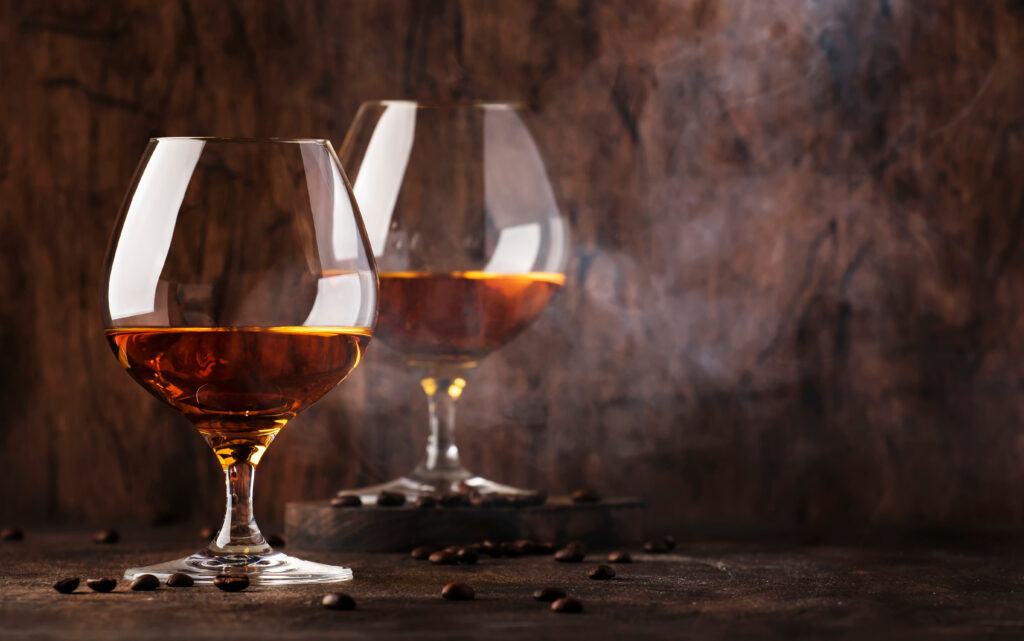
How can it be used in mixing?
It can be used for mixing, although it must be admitted that there are no famous drinks with Armagnac. It is possible to make twists on classics, on IBA and non-IBA cocktails that include the presence of cognac and almost always also that of vermouth, because the Armagnac itself binds very well to the flavored wine, recalling its vinous aromas. Some examples are the Vieux Carré, the Corpse Reviver N°1 and the French Negroni. When mixed, Armagnac also goes very well with wine and the possible addition of a hazelnut liqueur. To maintain the characteristic pleasantness and floral notes, it is important not to combine Armagnac with another covering spirit such as tequila or mezcal in the same cocktail.
What food can Armagnac pair with?
Armagnac is excellent with mature and semi-mature cheeses, such as Parmesan and goat's cheeses, with those cheeses with which you need to degrease the palate. It is also perfect with some desserts, especially dry ones, such as jam tarts.
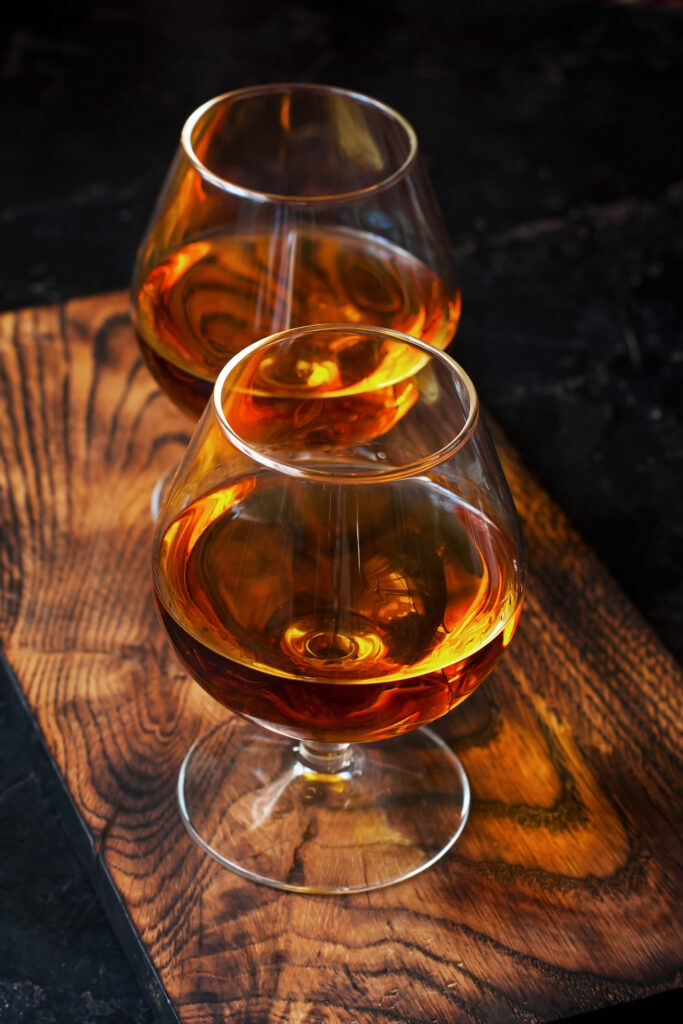
Do you have a favorite cocktail with Armagnac?
My favorite classic with Armagnac is the Sidecar, prepared with Armagnac, triple sec and fresh lemon juice. As for the signatures, however, the tasting that convinced me the most was the “Pinch of Punch” by Mario Farulla, now bar manager of Chapter Roma, with Armagnac Janneau, HSE Habitation Saint-Etienne VSOP rum, Seedlip spice , carcadè and Champagne Jacquart served in a Tumbler glass.[:]
